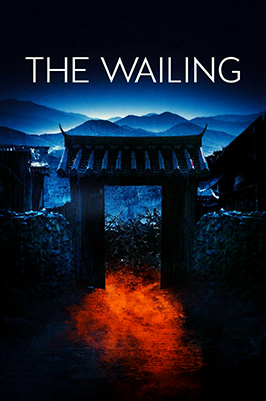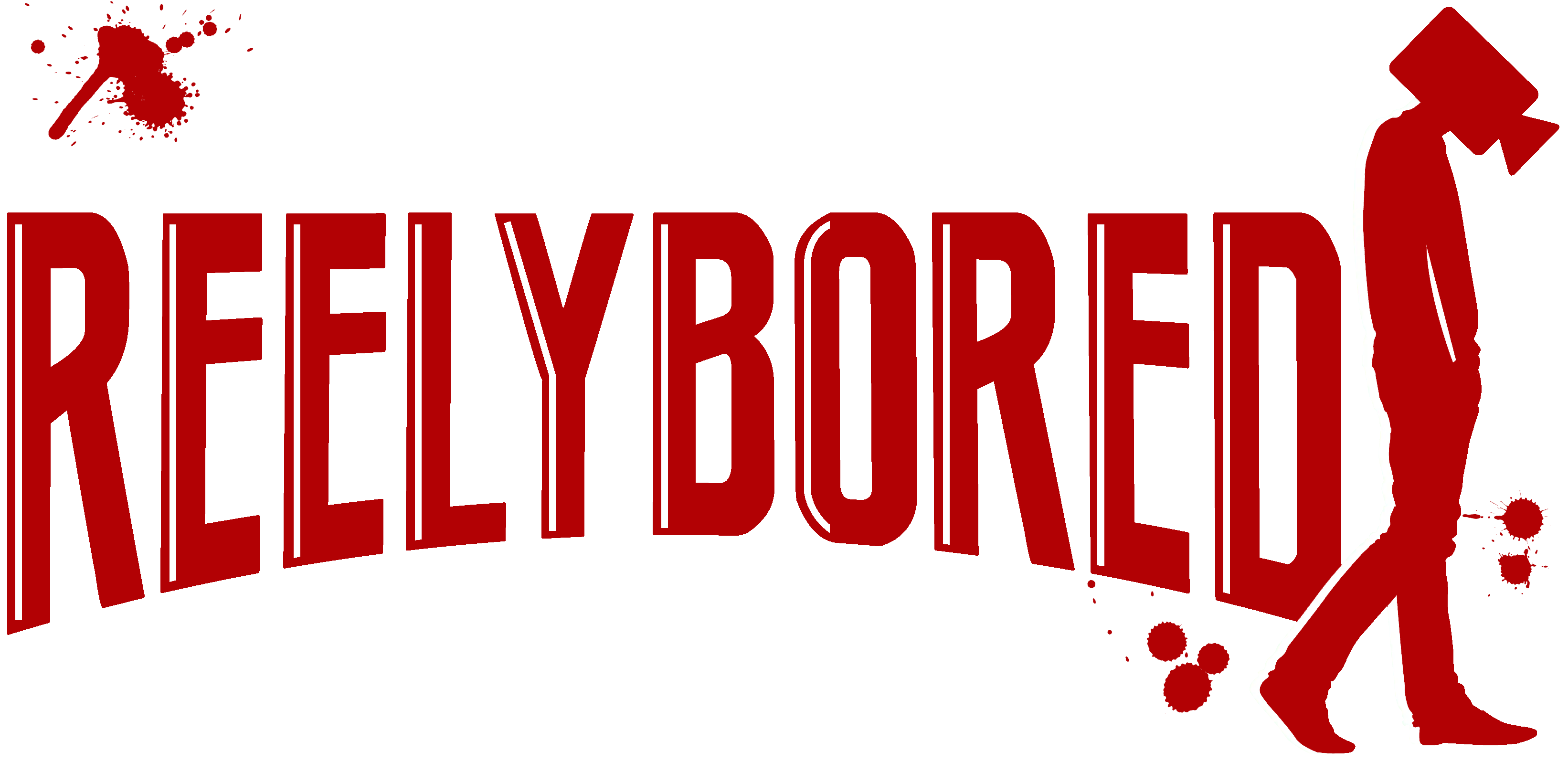
In the small village Goksung in South Korea, police officer Jong-Goo investigates bizarre murders caused by a mysterious disease. His partner relays gossip that a Japanese stranger, who lives in a secluded house in the mountains, would be an evil spirit responsible for the illness. Jong-Goo decides to visit the stranger along with his partner and a young priest who speaks Japanese. They find an altar with a goat head, pictures on the walls of the infected people who died, and an attacking guard dog that prevents their departure until the stranger arrives. Jong-Goo finds one shoe of his beloved daughter, Hyo-jin, in the house of the stranger, and soon she becomes sick. His mother-in-law summons the shaman Il-gwang to save her granddaughter while a mysterious woman tells Jong-Goo that the stranger is responsible. Who might be the demon that is bringing sickness to Goksung?
Asian Horror Movie Website: The Wailing Review
I’m a big fan of South Korean cinema. Have I seen a lot? To the layman, yes. But, in truth, I can honestly say that I have barely even scratched the surface. Sure I’ve seen some big ones, Oldboy, Friend, A Tale of Two Sisters, Tae Guk Gi, and I Saw the Devil, just to name a few, but it is enough for me to know that South Koreans make excellent films. They have a flair for the pizzazz they put into their movies. I would even say that they are the masters at implementing multiple genres within a film in that one minute you are laughing. The next, you are cowering under the covers in fear, it genre-bending. Genre-bending is the inclusion of two or more genre elements in a given film. For example, a horror movie with both dramatic and comedic undertones – this is The Wailing.
When I first attempted to watch The Wailing, when it was streamed on Netflix, I fell asleep. To be fair, I started watching well into the night after a long day of work. On my second attempt at watching the film, again, I fell asleep. Was the movie boring? No, far from it, but it does take some time for it to pick up. Add to the genre-bending, I had a hard time coming to grips with the film’s tone despite being billed as a horror film. Oh, and did I mention that the film’s runtime is two hours and thirty-six minutes? I’d say this is pretty unconventional for a modern horror film, so make sure you put some spare time aside to give this one the attention it deserves.

Eventually, I found the time to give The Wailing a proper viewing. As anticipated, I was blown away by this well-crafted film. After a Japanese stranger comes to town, a police officer’s (Jong-goo) life is disrupted and thrust into an unforeseen and unlikely path that puts him and his family’s lives at risk. The supernatural is heavily at play as we follow Jong-goo in his journey to uncover the truth about this stranger and what his sudden appearance means and its consequences. Jong-goo’s choices have dire ramifications. Should he not choose them correctly, but who is he to believe, the stranger, the stylistic shaman, or the eerie woman in white who hides in the shadows? The Wailing is a magnificent mystery that had me guessing what was to come next. Just when I thought I had it all figured out, the director and writer Na Hing-jin threw another curveball and twist that I did not see coming.
The Wailing delivers on many fronts, and its runtime is a feat in and of itself. However, the movie’s length is a gripe in that it could have been trimmed down some as the film did drag in some instances, albeit not enough to significantly bring the film’s value. It is a wonderfully told and directed tale of good, evil, love, and family. If you are familiar with South Korean cinema, you should have a small idea of what to expect. Also, be on the lookout for one of the best shaman dances that I have ever seen.
